This guide explains the science behind microphone sensitivity, pickup patterns, and mic engineering in OEM...
How to Avoid Feedback & Distortion While Singing Karaoke
Singing karaoke at home can be an exciting and enjoyable experience, but poor audio quality caused by feedback and distortion can ruin the fun. Whether you’re using a wireless karaoke machine or a traditional setup, ensuring clear, high-quality sound is crucial for a great performance. A well-balanced mic karaoke system helps eliminate unwanted noise, creating a more professional and enjoyable singing experience.
In this guide, we’ll explore the common causes of feedback and distortion and provide expert tips on how to avoid them. By optimizing your karaoke setup, you can enjoy smooth, crystal-clear audio without interruptions.
Understanding Feedback & Distortion in Karaoke
Before fixing feedback and distortion, it's essential to understand what they are and why they occur.
What Is Feedback?
Feedback happens when the sound from your microphone is picked up by your speakers, amplified, and then re-entered into the microphone. This creates a loud, high-pitched squeal that disrupts the performance.
What Is Distortion?
Distortion occurs when the audio signal is too strong for the equipment to handle. This can cause crackling, muffled vocals, or overly harsh sound output. Distortion usually results from improper gain settings, overloading the microphone, or low-quality audio components.
Step 1: Properly Position Your Equipment
Correct equipment placement plays a crucial role in preventing feedback and distortion.
1. Speaker Placement
• Keep your speakers in front of the microphone, not behind or directly facing it. This prevents the mic from picking up the amplified sound.
• If using a wireless karaoke machine with built-in speakers, position it at a safe distance from the microphone.
• Angle speakers slightly outward to avoid direct sound waves entering the mic.
2. Microphone Handling
• Hold the mic karaoke at an appropriate distance (4-6 inches from your mouth).
• Avoid covering the microphone grille, as this can affect sound pickup and cause distortion.
• Never point the microphone directly at speakers or reflective surfaces.
Step 2: Adjust Your Audio Settings
Many feedback and distortion problems can be fixed by adjusting your karaoke system’s audio settings.
1. Lower the Microphone Gain
• Excessively high gain increases sensitivity, leading to feedback. Reduce the gain to a moderate level.
• If using a wireless karaoke machine, check its built-in settings for adjustable gain controls.
2. Use the Equalizer (EQ) Properly
• Reduce high frequencies in the EQ settings to minimize feedback.
• Boost midrange frequencies slightly for better vocal clarity.
• Avoid excessive bass boost, as it can create distortion.
3. Adjust the Echo & Reverb Levels
• Too much echo or reverb can cause unclear, distorted sound.
• Use a moderate amount of reverb to enhance vocals without overwhelming them.
Step 3: Upgrade to Better Equipment
If you frequently experience feedback and distortion, consider upgrading your karaoke setup.
1. Choose a High-Quality Wireless Karaoke Machine
• A good wireless karaoke machine comes with advanced noise cancellation and anti-feedback features.
• Look for machines that offer independent volume control for the mic and music.
2. Use a Professional-Grade Mic Karaoke System
• Dynamic microphones are better for karaoke since they pick up less background noise.
• Avoid cheap microphones that distort at high volumes.
3. Invest in a Mixer or Audio Processor
• Mixers allow you to fine-tune sound settings, reducing distortion and controlling gain levels.
• Some audio processors include automatic feedback suppression.
Step 4: Control the Room Acoustics
The environment where you sing affects audio quality.
1. Reduce Sound Reflection
• Large, empty rooms with hard surfaces create excessive echoes and feedback.
• Add carpets, curtains, or wall panels to absorb sound.
2. Avoid Singing Too Close to Walls
• Position yourself in an open area to prevent sound waves from bouncing back into the microphone.
Step 5: Use the Right Singing Techniques
Your singing style can impact sound clarity.
1. Control Your Vocal Volume
• Singing too loudly can overload the mic karaoke, causing distortion.
• Use proper breath control to maintain consistent volume.
2. Avoid Sudden Shouting or Whispering
• A sudden volume change can cause distortion.
• Maintain an even vocal tone for the best sound quality.
Step 6: Troubleshoot Common Problems
If you still experience feedback or distortion, follow these quick fixes:
1. Feedback Issues
• Lower the microphone volume.
• Move the wireless karaoke machine further away from the microphone.
• Change the microphone’s polar pattern setting (if available) to reduce sensitivity to surrounding sounds.
2. Distortion Issues
• Check if the microphone battery is low (for wireless mics).
• Reduce the bass settings on your karaoke machine.
• Use a high-quality power adapter to prevent electrical interference.
Final Thoughts
Avoiding feedback and distortion while singing karaoke at home is key to a great performance. By positioning your equipment correctly, adjusting audio settings, and using high-quality gear like a wireless karaoke machine and a reliable mic karaoke setup, you can ensure clear, professional sound.
With the right techniques and equipment, your karaoke sessions will be free from annoying audio issues, making every performance enjoyable and immersive. So, set up your system, fine-tune your audio, and sing with confidence!



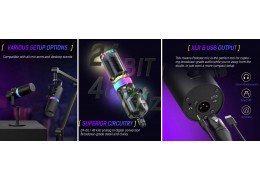
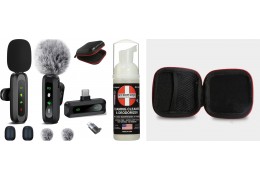
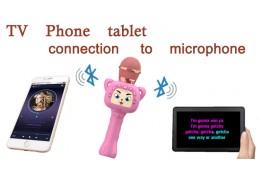

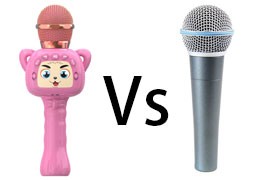


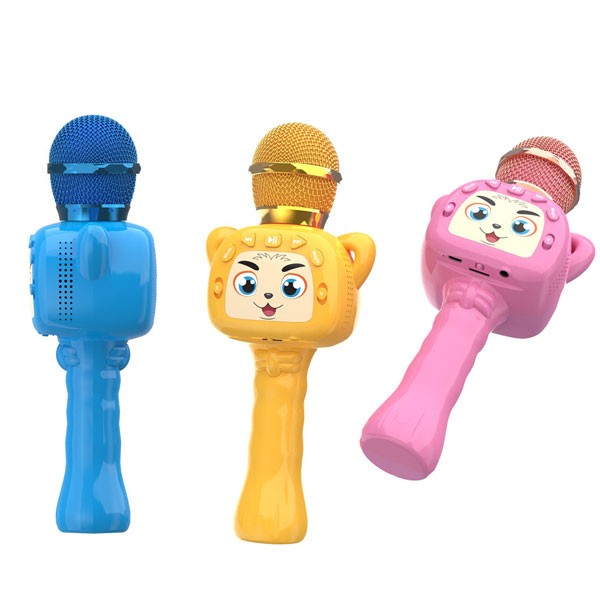
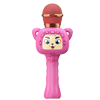

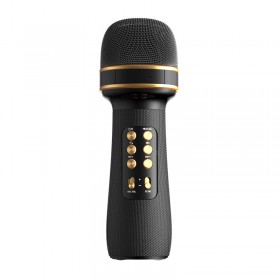
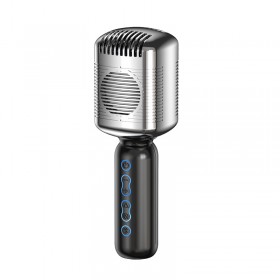
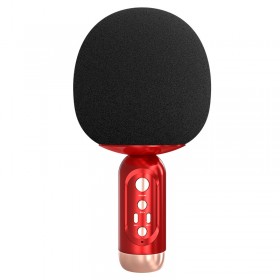
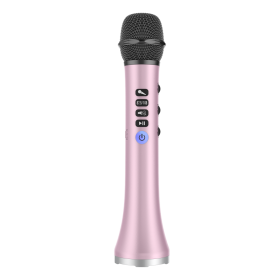
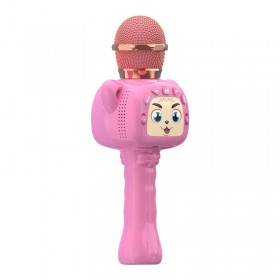
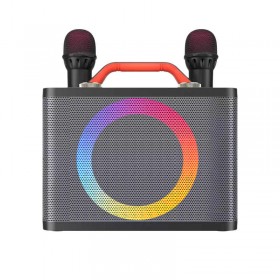
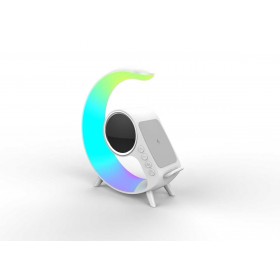
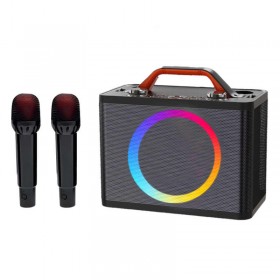
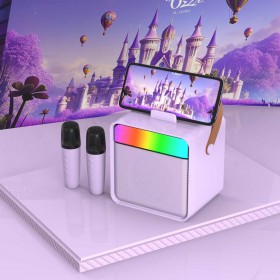
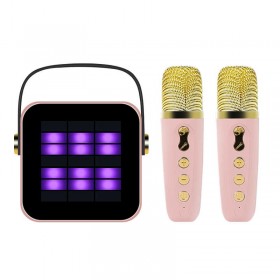
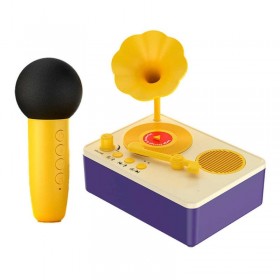
Latest comments